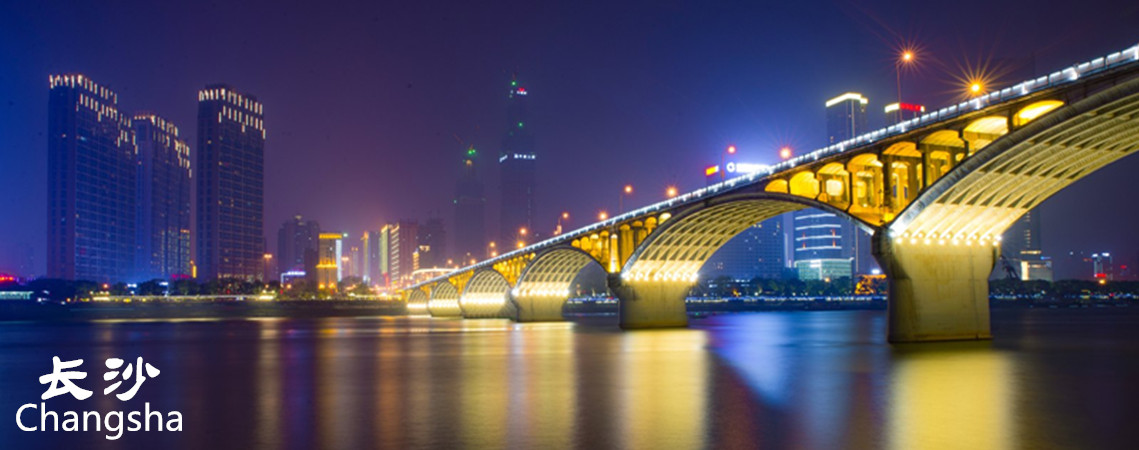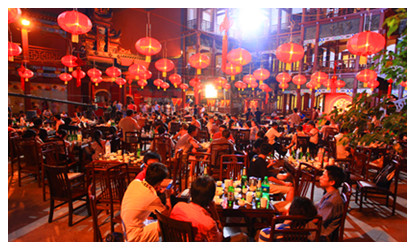Skype: neodalle-travel
Tel: +86 135 7447 2266
E-mail: sales@visitaroundchina.com

 Changsha is a “Cultural City” gathering great culture and professionals. It is a remarkable place producing outstanding people and brilliant minds. The world’s cultural celebrity Qu Yuan, Han Dynasty outstanding politician Jia Yi and Tang Dynasty great poet Du Fu all “moved to Changsha” and left their masterpieces by the Xiangjiang River. The Song Dynasty’s famous Confucian scholar Zhu Xi and Zhang Shi even held lectures at the thousand-year old Yuelu Academy and gradually formed the Huxiang Culture which had a far-reaching influence with the “statecraft ideology” as its core. “The elites were bred in Chu, and the best were gathering here.” Since the mid-Qing Dynasty, such celebrities as Zeng Guofan and Zuo Zongtang have all studied at the Yuelu Academy.
Changsha is a “Cultural City” gathering great culture and professionals. It is a remarkable place producing outstanding people and brilliant minds. The world’s cultural celebrity Qu Yuan, Han Dynasty outstanding politician Jia Yi and Tang Dynasty great poet Du Fu all “moved to Changsha” and left their masterpieces by the Xiangjiang River. The Song Dynasty’s famous Confucian scholar Zhu Xi and Zhang Shi even held lectures at the thousand-year old Yuelu Academy and gradually formed the Huxiang Culture which had a far-reaching influence with the “statecraft ideology” as its core. “The elites were bred in Chu, and the best were gathering here.” Since the mid-Qing Dynasty, such celebrities as Zeng Guofan and Zuo Zongtang have all studied at the Yuelu Academy. Intangible cultural heritage
Changsha has a long history and hosts many art forms recognized nationwide as “intangible cultural heritage”, including Hunan embroidery, Liuyang fireworks, chrysanthemum stone carving, Hunan opera and the Huogong Palace temple fair. The city is also known for its Chu culture, decorative porcelain, and ancient institutions of higher learning, calligraphy, painting and music. Changsha’s flower-drum opera is very popular among local people, featuring folk songs played with a flower-drum. The opera took shape at the end of the Qing Dynasty (1644-1911). The Liu Hai Cuts Firewood, a flower-drum opera from the 50s, is popular across China.
Food culture
Hunan cuisine is one of China’s eight regional cuisines. It developed its own style as early as 2,000 years ago from a combination of folk recipes, sacrificial temple food and imperial cuisine. Hunan cuisine requires exquisite cooking methods, high-quality materials and fine ingredients. It has rich colors and a distinctive spicy and slightly sweet taste, different from both the Sichuan and Xiajiang cuisines. It’s also fresh and tender, but different from Guangdong food. Hunan cuisine is popular among foodies both in China and abroad.
 Ask Questions ?
Ask Questions ?